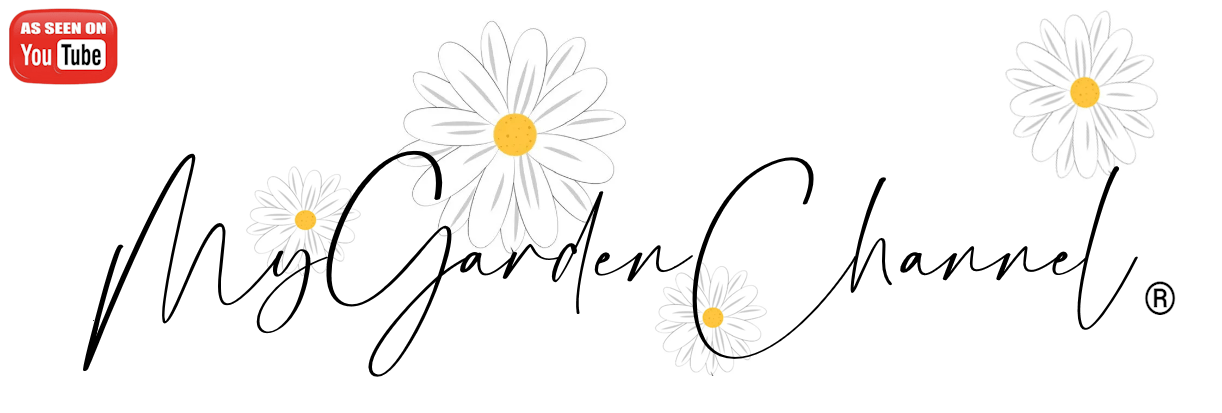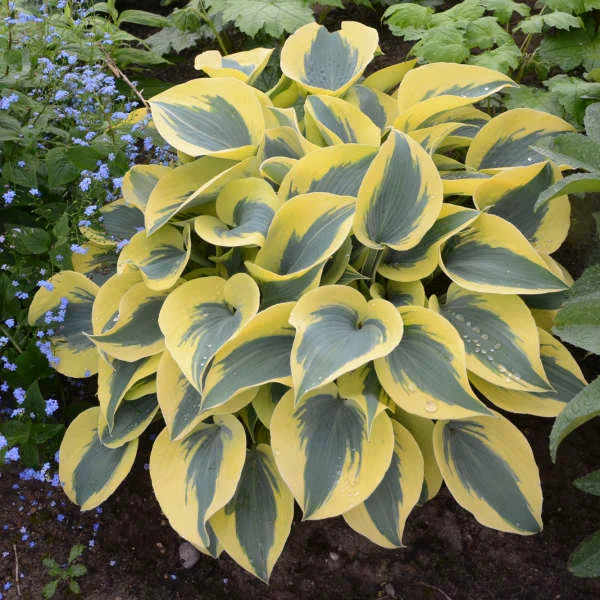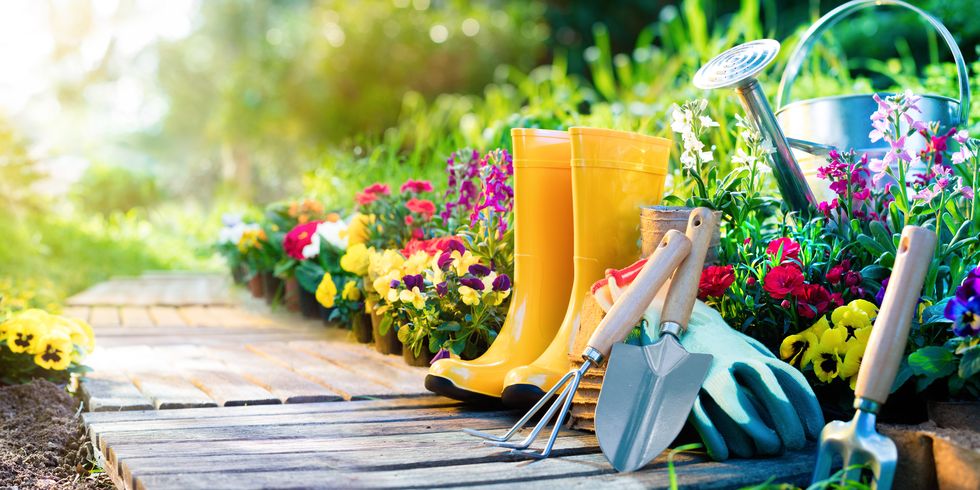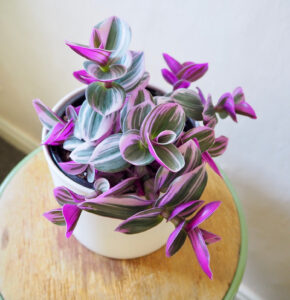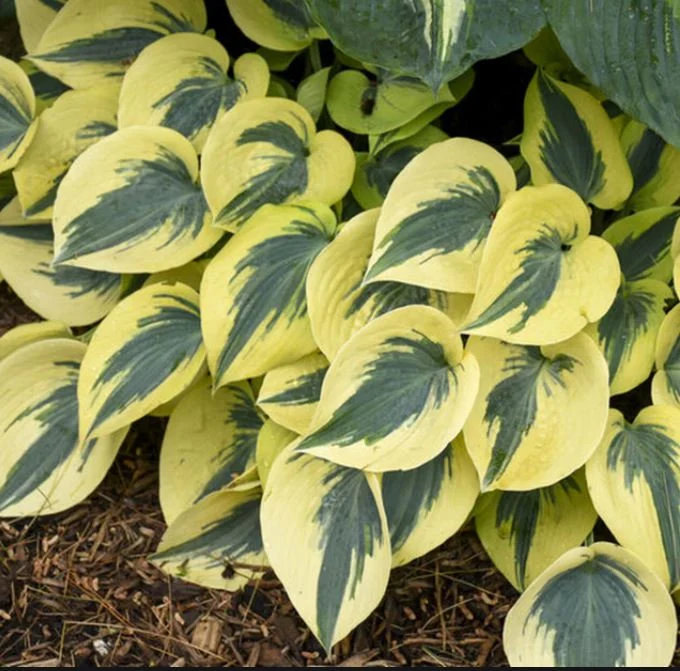
Autumn Frost Hosta (Hosta ‘Autumn Frost’) is a stunning perennial plant valued for its striking variegated foliage and adaptability to shade gardens. This hybrid hosta is a sport of First Frost Hosta and features blue-green leaves with bright yellow margins that turn creamy white as the season progresses. With proper care, this low-maintenance plant will thrive and add color to your garden throughout the growing season. This detailed guide covers everything you need to know to successfully cultivate and maintain Autumn Frost Hosta.
1. Understanding Autumn Frost Hosta
Growth Characteristics
- Scientific Name: Hosta ‘Autumn Frost’
- Common Name: Autumn Frost Hosta
- Plant Type: Herbaceous Perennial
- Mature Height: 12-16 inches
- Mature Spread: 24-36 inches
- Growth Rate: Moderate
- Flowering Season: Mid to late summer
- Foliage Color: Blue-green with bright yellow edges, turning creamy white
- Flowers: Lavender, bell-shaped blooms on tall scapes
Climate and Hardiness
- USDA Hardiness Zones: 3-9
- Temperature Tolerance: Cold-hardy and heat-resistant with proper shade
- Humidity Preferences: Prefers moderate to high humidity
2. Planting and Soil Requirements
Ideal Planting Time
- Best planted in spring or fall, avoiding extreme summer heat.
- Can be planted from bare roots, divisions, or nursery transplants.
Soil Preferences
- Thrives in rich, well-draining, moist soil.
- Prefers slightly acidic to neutral soil (pH 6.0-7.0).
- Amending soil with compost, peat moss, or well-rotted manure improves texture and fertility.
Planting Depth and Spacing
- Dig a hole twice as wide as the root ball.
- Plant at the same depth as in the nursery pot.
- Space plants 24-36 inches apart to allow mature spread.
- Water thoroughly after planting and apply a 2-inch mulch layer to retain moisture.
3. Light and Watering Requirements
Sunlight Needs
- Prefers partial to full shade (2-6 hours of morning sun).
- Can tolerate dappled sunlight, but excessive direct sun may scorch leaves.
- In cooler climates, morning sun with afternoon shade is ideal.
Watering Schedule
- Requires consistent moisture; soil should remain evenly moist but not soggy.
- Water deeply 2-3 times per week, increasing frequency in hot, dry weather.
- Use soaker hoses or drip irrigation to prevent leaf rot from overhead watering.
4. Fertilization and Nutrient Requirements
Best Fertilizer Choices
- Apply a balanced, slow-release fertilizer (10-10-10 or 14-14-14) in early spring.
- Organic options include compost, fish emulsion, or aged manure.
Feeding Schedule
- Fertilize once in early spring when new growth emerges.
- A second light feeding in mid-summer supports vigorous foliage.
- Avoid excessive nitrogen, which can reduce variegation.
5. Pruning and Maintenance
Deadheading and Pruning
- Remove spent flower stalks after blooming to direct energy back to foliage.
- Trim damaged or yellowing leaves as needed to maintain appearance.
- Cut back all foliage after the first hard frost in fall.
6. Propagation Methods
Division
- Best divided in early spring or late summer.
- Dig up the clump and gently separate into smaller sections.
- Replant divisions immediately, watering thoroughly.
Growing from Seeds
- Hosta seeds can be collected from spent flowers, but seed-grown plants may not retain parent characteristics.
- Germination requires cold stratification and patience.
7. Pest and Disease Management
Common Pests
- Slugs and Snails: Leave holes in foliage; use diatomaceous earth or beer traps.
- Aphids: Suck sap from leaves; spray with neem oil or insecticidal soap.
- Deer and Rabbits: May graze on leaves; use repellents or fencing.
Common Diseases
- Crown Rot: Caused by poor drainage; ensure soil is well-draining.
- Anthracnose: Fungal disease causing brown spots; prune affected leaves and apply fungicide.
- Virus X: No cure; infected plants should be removed and destroyed.
8. Seasonal Care and Overwintering
Spring and Summer Care
- Provide consistent moisture and fertilizer.
- Remove debris around plants to prevent pest infestations.
- Monitor for signs of sunscald and adjust light exposure as needed.
Fall and Winter Care
- Cut back all foliage after the first frost to prevent disease.
- Apply a layer of mulch (2-3 inches) to insulate roots in colder climates.
- Container-grown hostas should be moved to a sheltered location or garage for winter protection.
9. Landscaping Uses and Companion Plants
Landscape Applications
- Shade Gardens: Provides texture and contrast.
- Borders: Softens edges with lush foliage.
- Containers: Ideal for patios and shaded entryways.
Companion Plants
- Ferns: Complement hosta’s texture with airy fronds.
- Astilbe: Adds colorful flower spikes to shaded beds.
- Coral Bells (Heuchera): Offers contrast with vibrant foliage.
Search
Proudly powered by WordPress
